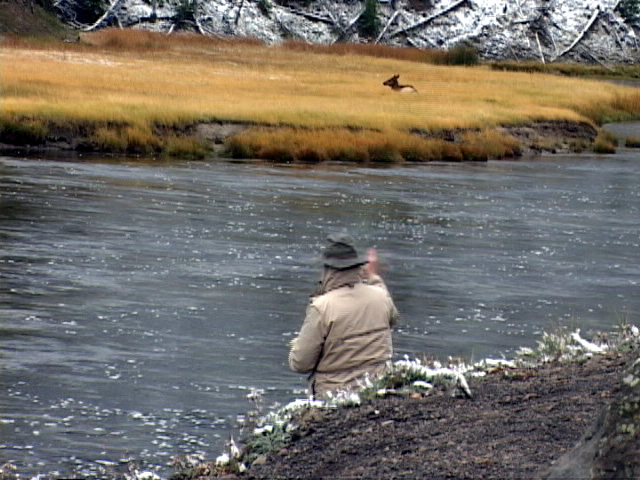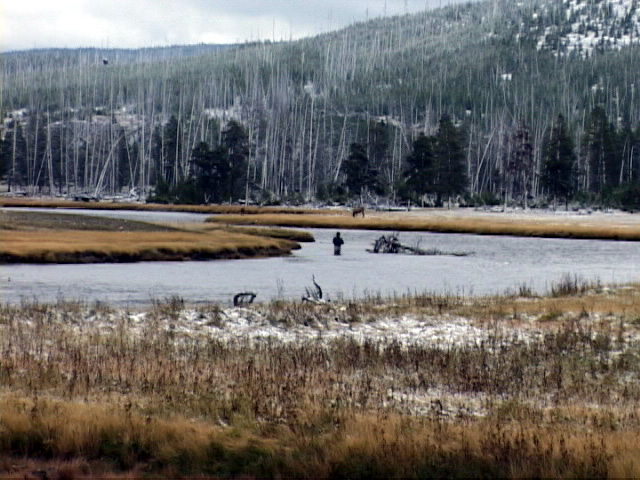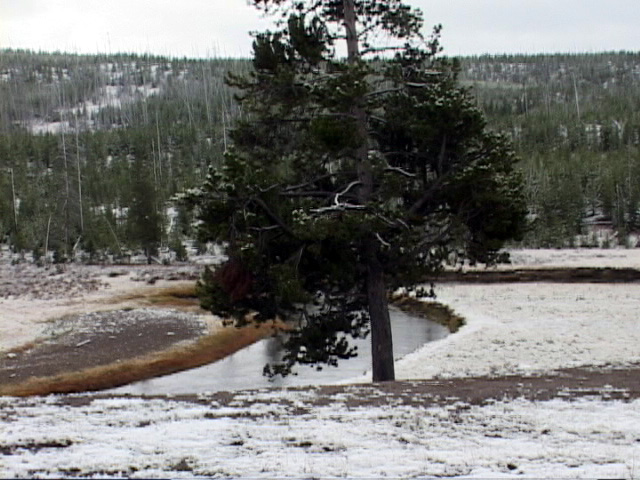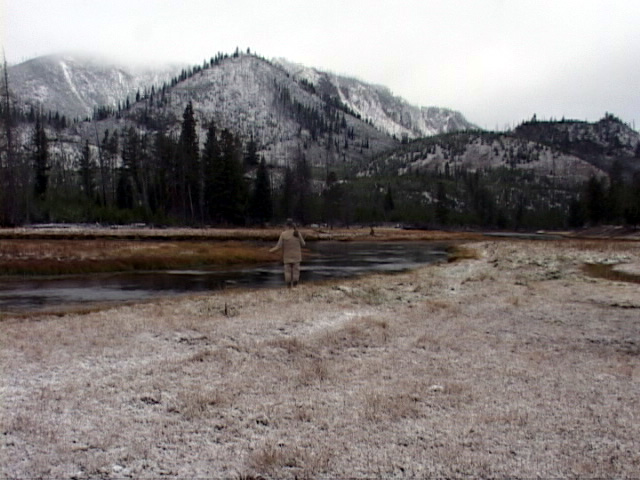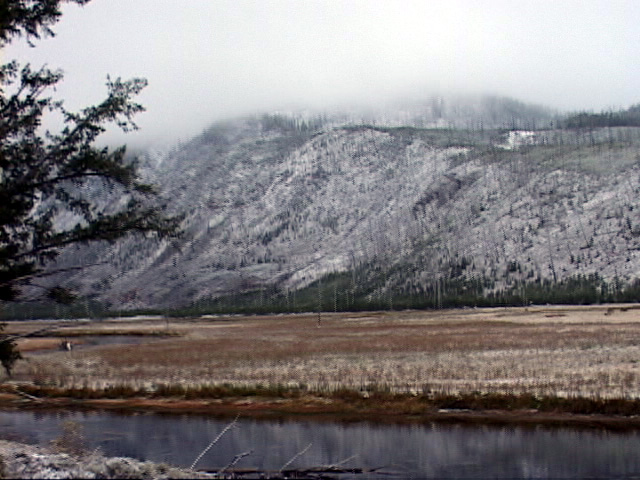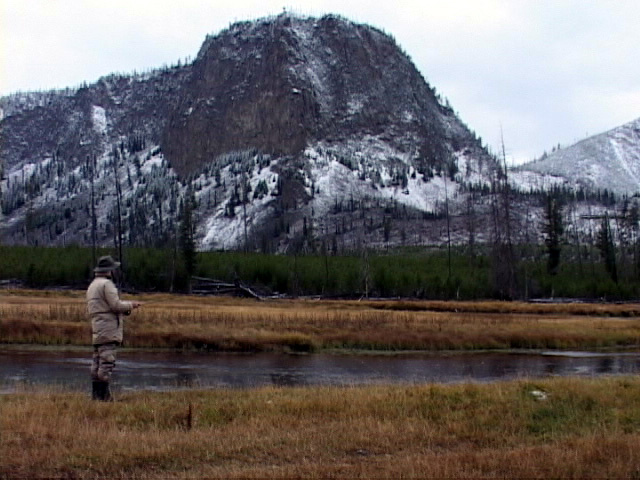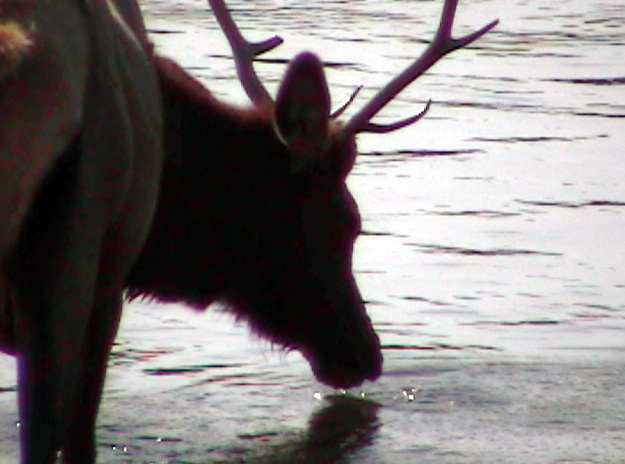
Madison as brown trout move
upstream to spawn in the fall
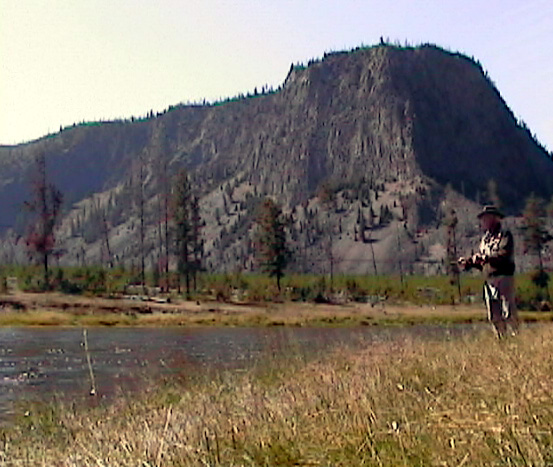
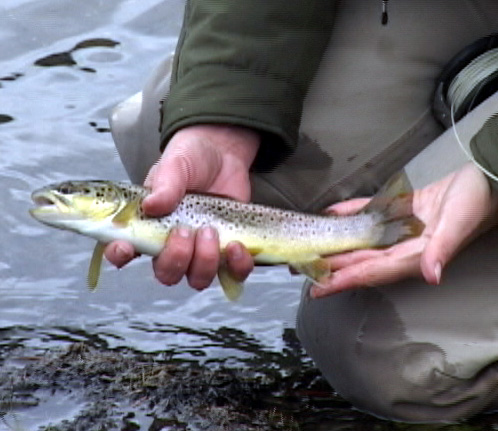
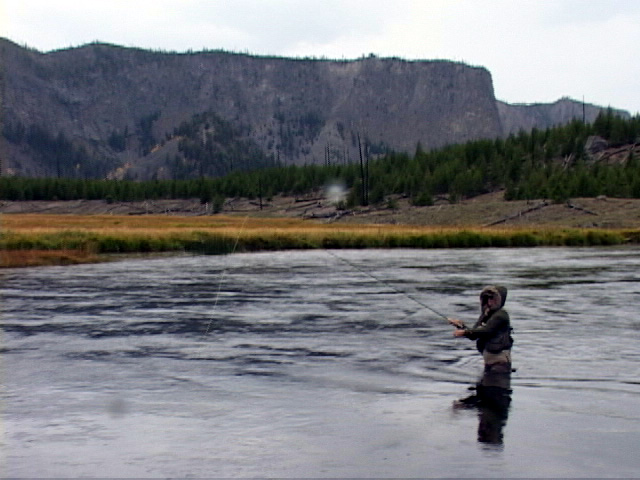
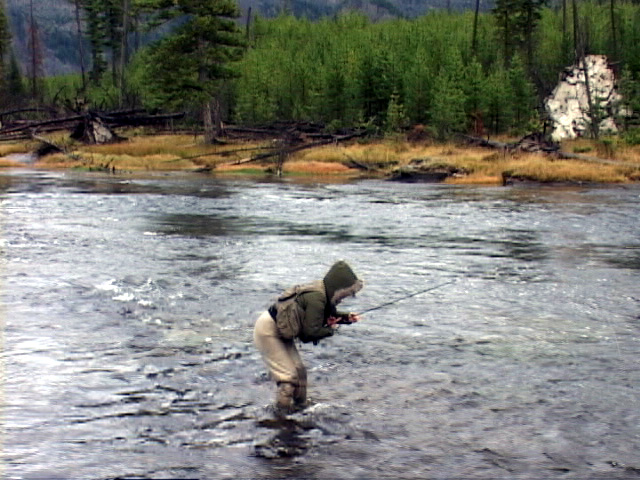
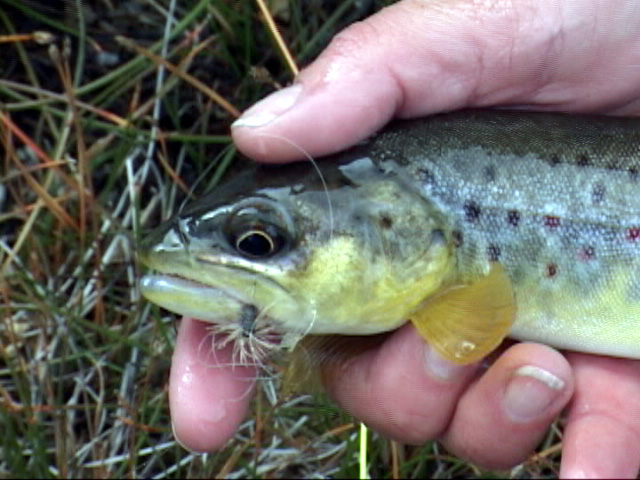
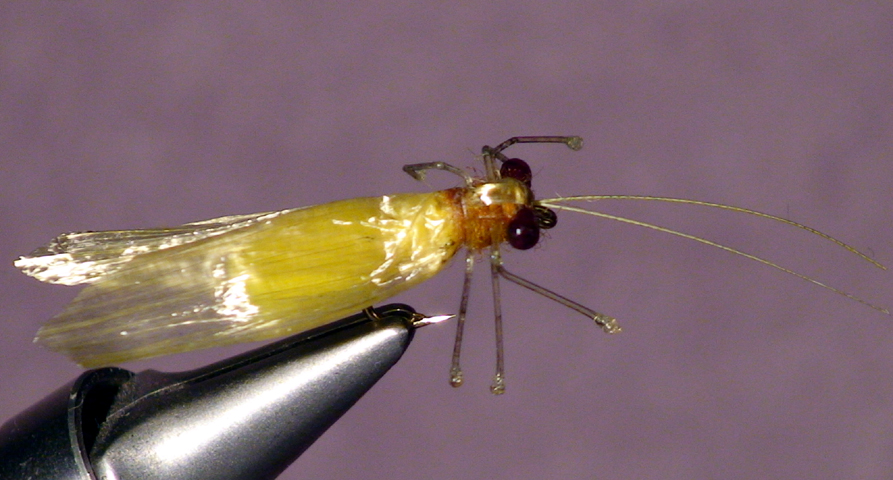
Fall:
The fall season at Yellowstone National Park may be the most exciting time to fish. Large brown trout are moving about looking for an area upstream to spawn and become a prime target for those seeking big fish. The big crowds of summer are gone and you can move about much easier. Bulging bull elk can be heard.
Weather:
Like the spring months, Yellowstone’s fall months bring about major changes in the weather. Temperatures can range from near zero degrees to ninety. It will start snowing in many areas of the park in late August and early September, so snow covered peaks are common in the fall. Heavy snow may fall during the month of October. You will need to be prepared with several layers of clothing ranging from very heavy insulated outfits to light uninsulated outfits.
Hatches:
Check the hatch charts for the fall or autumn hatches. These hatches are not as plentiful and prolific as they are in the spring and early summer, but some of them are very important. Some individual hatches, such as the blue-winged olives and little blue-winged olives can be very prolific.
Pale Evening Duns:
The Pale Evening Dun hatches may still be occurring in some streams.
Green Sedges:
Rhyacophila species known as Green Sedges will hatch during the early summer months. The green rock worm is the most important stage to imitate.
Blue-Winged Olives:
The Blue-winged Olives are the most important hatch during the fall season.
Little Blue-Winged Olives:
There are many species of Little blue-winged Olives that hatch during the fall months.
Long Horn Sedges:
The Long Horn Sedges or Leptoceridae family species of caddisflies are present on many of the park’s streams during the fall season. These hatches can be especially important on some of the park’s streams.
Midges:
Midges become important in the fall, especially when the water begins to get cold. This is mostly because midges are about the only insects that hatch in very cold water.
Spotted Sedges:
You will find the net-spinning caddisflies will hatch on into the fall on many of the streams in the park. These are the Hydropsyche species called Spotted Sedges. They are by far the most plentiful species of caddisfly.
Little Yellow Stoneflies:
The Little Yellow Stoneflies, or Perlodidae family species, hatch into the fall on some streams. Most of them hatch during the late afternoons and evenings and deposit their eggs starting just before dark and into the evening.
Ants:
There are plenty of ants around the streams and they sometimes get into the water, especially after heavy rains. Be prepared with both brown and black patterns.
Aquatic Beetles:
Aquatic beetles are in all of the streams in the park. They are most prolific in the streams with slow water. There are numerous species and all sizes and colors of them.
Terrestrial Beetles:
Terrestrial beetles are also very prevalent in the park. Make sure you give them a try. There is a tremendous variety of them.
Grasshoppers:
Grasshoppers can be numerous in areas that have a lot of grass along the banks of the stream. Most of the meadow streams have huge numbers of grasshoppers. Early fall is the prime time to fish imitations of the hooper.
Special Flies You May Need:
Streamers:
Streamers are not a hatch of course, but they are an important fly to have along with you during the fall season. The brown trout will be migrating upstream and will become very territorial. Streamers are very effective in catching these aggressive fish.
Soft Hackle Wet Flies:
Another popular and effective type of flies are the soft hackles. They work well presented down or down and across the stream at this time of the year. The aggressive, migrating fish moving upstream to spawn will take them in priority to most anything else at times.
Copyright 2012 James Marsh
